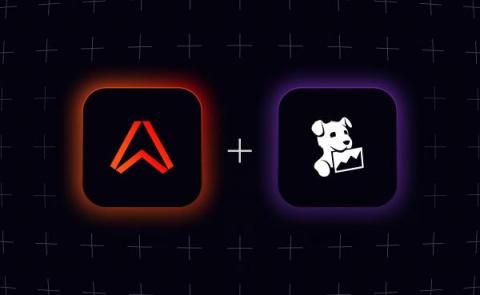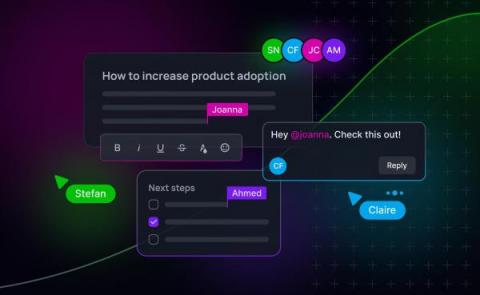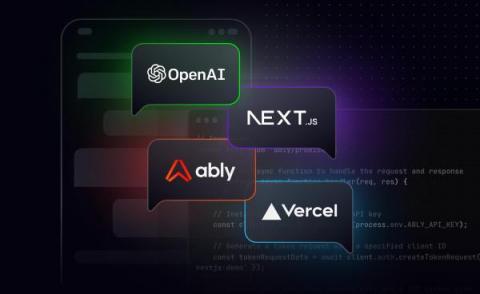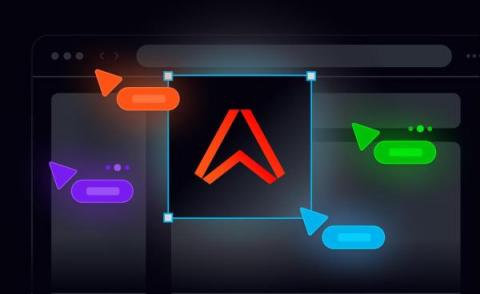In numbers: What it takes to build and deliver realtime experiences
The drive for constant innovation in realtime experiences across chat, collaborative tools, and interactive dashboards has never been greater. Ably surveyed over 500 engineering leaders who have delivered realtime experiences, so that we can share their insider knowledge on what it takes, the challenges faced, and how they would recommend approaching it.











